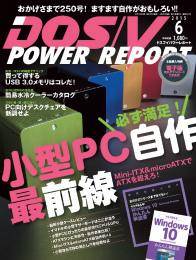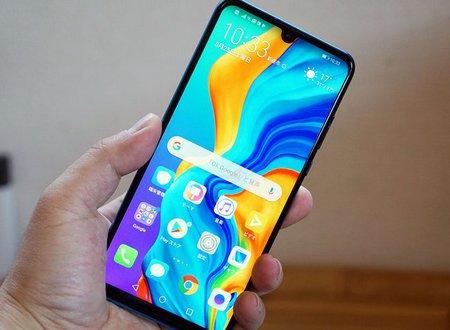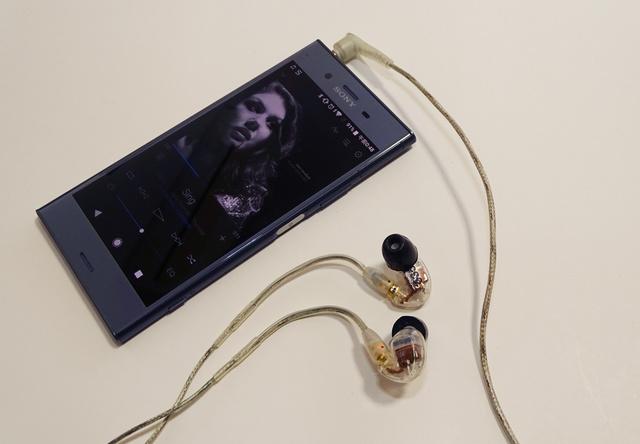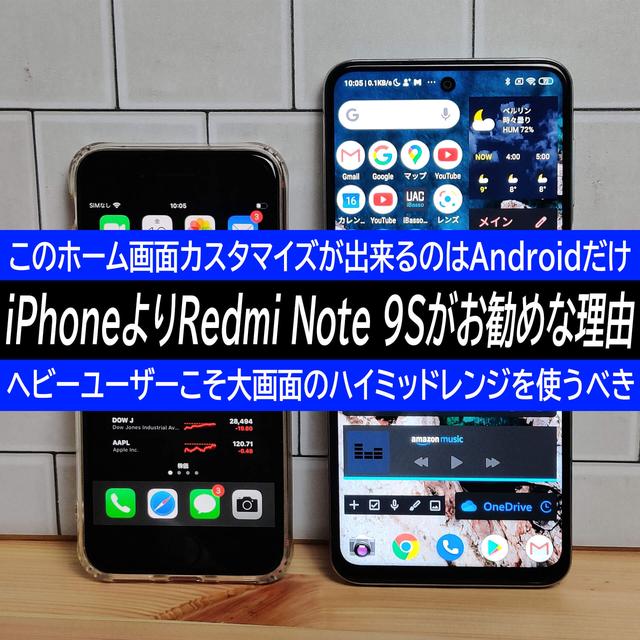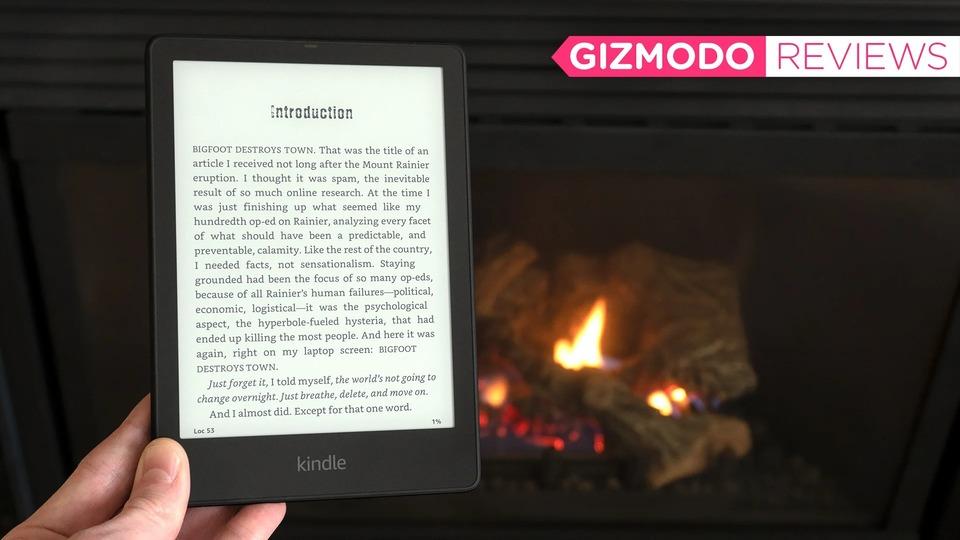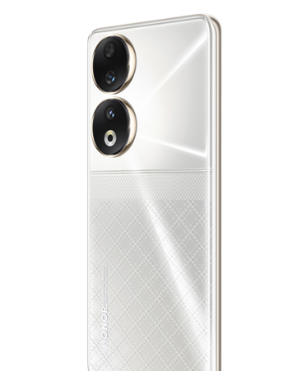Since my friend gave me a Macintosh plus in the 1990s, I grew up with a PC = Mac, so I still live with Apple OS from work to home (I also have an iPhone on my phone...).
However, in terms of cost performance, Windows PCs are also attractive, so I sometimes want to try Windows once every few years. Last time, around the time Windows 10 appeared, I also tried a VAIO notebook... It was really light, easy to carry, and good for work, but I felt uncomfortable with the operation, so I returned to the MacBook Air after less than two years.
Three years after that, when the OS cheating bug started to move, I was able to borrow HUAWEI's "MateBook 13", so I was fortunate enough to try it out.
As the name suggests, the MateBook 13 is equipped with a 13-inch LCD panel (IPS type, horizontal 2160 x 1440 pixels, contrast ratio 1000:1, sRGB color gamut 100%). The connector has two USB Type-C (charging and data transfer on the front left, display port and data transfer on the right).
Another characteristic is that the playback function of Dolby Atmos is preinstalled. Although it is not explained in detail, it seems that the Atmos signal is decoded and played as a pseudo-surround sound with the built-in 2ch speakers or headphones.
First, check out the Dolby Atmos trailer (mp4 data). When playing the familiar "Leaf" and "Ameizu" in the demo, the surround sound is lonelier than expected. The impression is that the sound field spreads vaguely.
Then, when I approached the front of the screen, about 50 cm away, the voices of birds and the sound of the wind spread softly, and the surround sound was reproduced. The appearance of the leaves turning around on the leaf is also like that. At first, I was listening at a distance of about 1m, so it seems that the positional relationship between the PC and the user (in this case, the position of the head) changes the impression considerably.
However, the bass is really lonely. The rumbling of the ground in "Ameizu" and the ripple effect when the leaves fall into the water in "Leaf" are light. It may be unavoidable because it is a small speaker, but I wanted to expect more effort here.
How about the main part of the movie? I connected to Netflix and watched "Blade Runner 2049" and "ROMA".
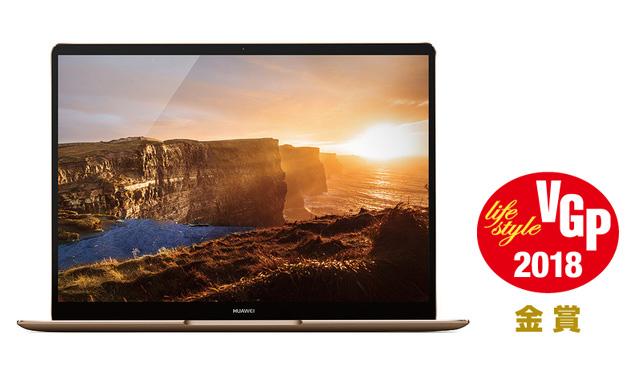
Because the monitor has more pixels than full HD, it reproduces clear images with high resolution. The contrast is slightly emphasized and there is a video-like impression, but this condensed feeling is also preferred.
The sound tends to be the same as the trailer mentioned above, and the dialogue comes out in front, and the feeling of movement is well reproduced. However, the low range is modest.
Even in Blade Runner 2049, when the hotel where Deckard is hiding is being attacked, the sound of the blaster firing is light and the spinner bombing is light. "ROMA" is not a work with so much bass, but I felt that the sound of the waves in the scene of going out to the sea was gentle.
When I tried connecting wired earphones, the low frequencies came out properly, and the surround feeling was well described. Personally, if you enjoy video works with the MateBook 13, I recommend pairing it with solid earphones.
I also tested how comfortable high-resolution sound sources can be played on the MateBook 13.
First, install the playback software Foober2000 and connect it to the USB DAC ExaSound "E32" (I also installed the E32 driver).
Play 44.1kHz/16-bit, 192kHz/24-bit, and 384kHz/24-bit sound sources from UA Records "Mie Mie/Etraine", the label of Mr. Asakura and Mr. Ushio, who are always indebted to us. The E32 is analog-connected to the AV preamp Yamaha "CX-A5100", and the speaker "AKURATE 242SE" is played with the power amp Rin "KLIMAX TWIN".
Even with CD quality, the voice of the lover is beautifully reproduced, and the quality is satisfactory enough. In the following 192kHz/24bit, the glossiness of the voice becomes clearer, and the piano and drums become more vivid, making it possible to convince oneself that this song was recorded in one take.
In the final 384kHz/24bit, you can even hear the quietness of the recording studio, where you can hear the subtle echoes of the sound. Also, in "Cheek to Cheek", the lyrics "Heaven" are repeated, but the nuance is changed in the first and second times. Listening at 384kHz/24bit, I was able to hear the difference and the purpose of the recording (I think).
Foober2000 can also play DSD 11.2MHz, but this time the setup (addition of plug-in for DSD) was not in time. The above-mentioned "Etraine" is also distributed as a DSD 11.2MHz sound source on e-onkyo, etc., and our company also sells many 11.2MHz sound sources, so I would like to try this soon.
By the way, as mentioned earlier, the MateBook 13 is equipped with only a USB Type-C connector (most recent laptops have this specification). The E32, on the other hand, is a Type-B square, and there are very few cables of this type. This time, I used the HUAWEI MATEDOCK 2 that came with the MateBook 13 or a Type-C to Type-A conversion adapter purchased from a mail order and connected it with a Type-A to Type-B square conversion cable, but I didn't feel a big difference in sound quality. .
Lastly, I tried using the MateBook 13 for coverage, and it started up quickly, and the 256GB SSD storage device is sufficient for portability. It was also comfortable to use for text creation and communication. This model can be purchased for a little over 80,000 yen at present, and it seems to be an attractive existence for high-resolution playback. (Interview and text: Tetsuya Izumi)





